The Worst Ring Design Everyone Loves (And Why It Drives Me Crazy)
Lately, everyone in the jewelry world has been talking about Lauren Sanchez’s oval diamond ring from her Venice wedding to Jeff Bezos. For the record? It’s a poorly designed ring. Structurally, it can’t properly support the center stone—but when $4 million is pocket change, I guess it doesn’t matter if it falls apart when you wave too hard.
But if we’re going to talk about bad ring design, let me introduce you to the real offender: this ring style.

You know the one. It’s in every jewelry store, all over Instagram, and plastered across every online site. It looks like a delicate row of diamonds “floating” on a narrow band. Clients come in and say, “I saw this ring I love—it looks like the diamonds are just hovering!” And I know exactly what picture they’re about to show me.
This. Freaking. Ring.
I hate it. With the passion of a thousand suns.
Why? Because it’s a terrible design that will not hold up over time.
Why This Ring is a Disaster Waiting to Happen
Here’s the issue: The diamonds look like they’re floating because they basically are. These rings use tiny “shared prongs”—one between each pair of stones, plus one on each end. That means every stone has only two points of contact. That’s it.
Prongs are what keep your stones from falling out. You need them. A well-designed setting—whether four prongs or three—is built so that no matter where force is applied, there’s something to keep the stone in place. With four prongs, if pressure comes from one side, the opposite prong counters it. With three, the angles still provide security.
With two? Nope. There’s nothing to stop a stone from popping out when your ring taps a door knob, brushes a countertop, or bumps another ring.

At first, the metal underneath helps a little, but over time? The constant micro-hits loosen the prongs. The stones start rocking. If you’re lucky, you just chip a diamond. If you’re not, the diamond just disappears one day.

The Laws of Physics Apply to Jewelry
If you wear your jewelry, it’s going to experience wear and tear—that’s normal. But when the design ignores basic physics, you’re setting yourself up for heartbreak (and repair bills).
So please. Stop buying this ring. Floating diamonds sound dreamy, but so does a unicorn farm—and both are equally unrealistic.
✅ Better Options: If you love the airy look, talk to a jeweler (hi, that’s me!) about designs that balance minimal metal with actual structural integrity. You can have beauty and durability—you just can’t cheat physics.


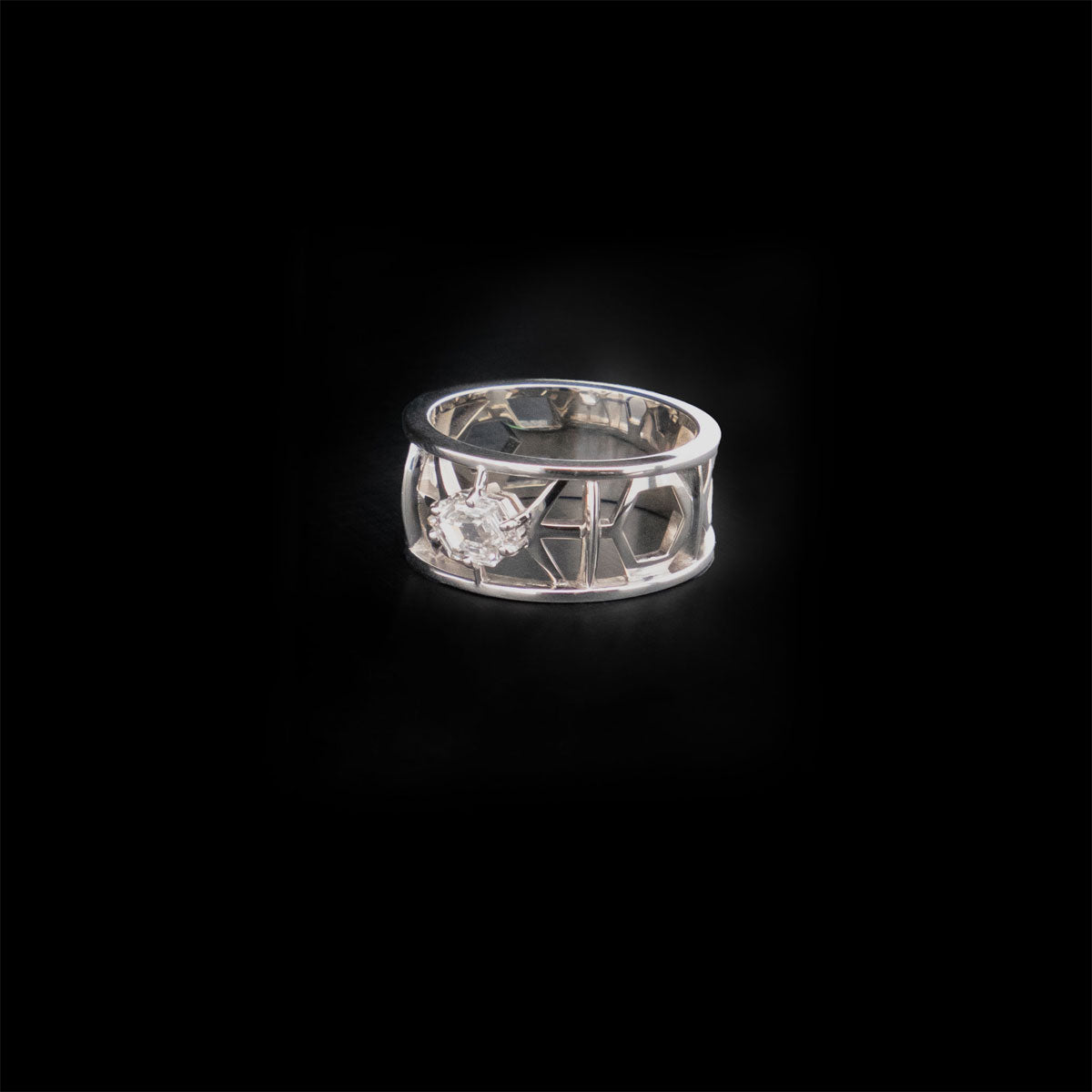
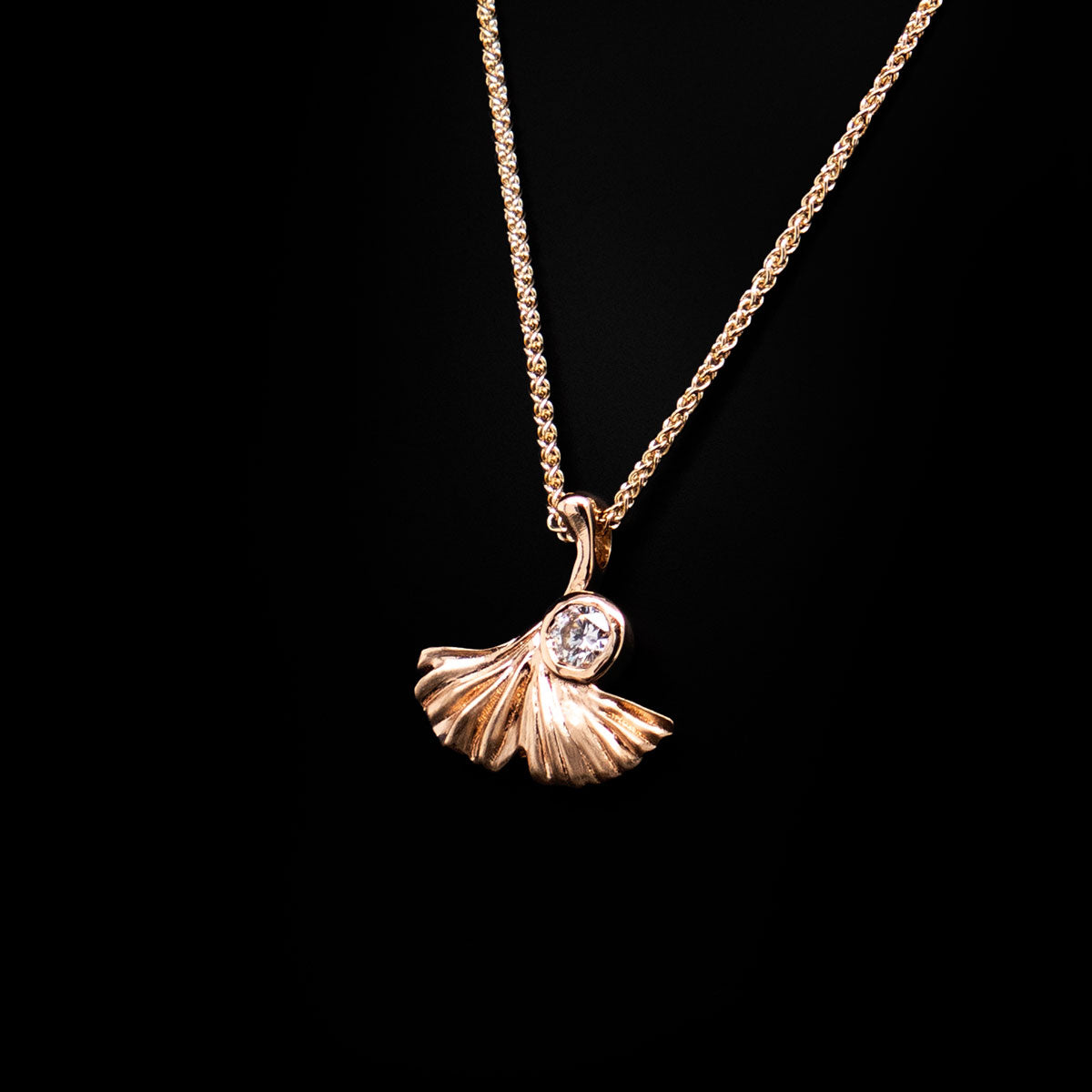
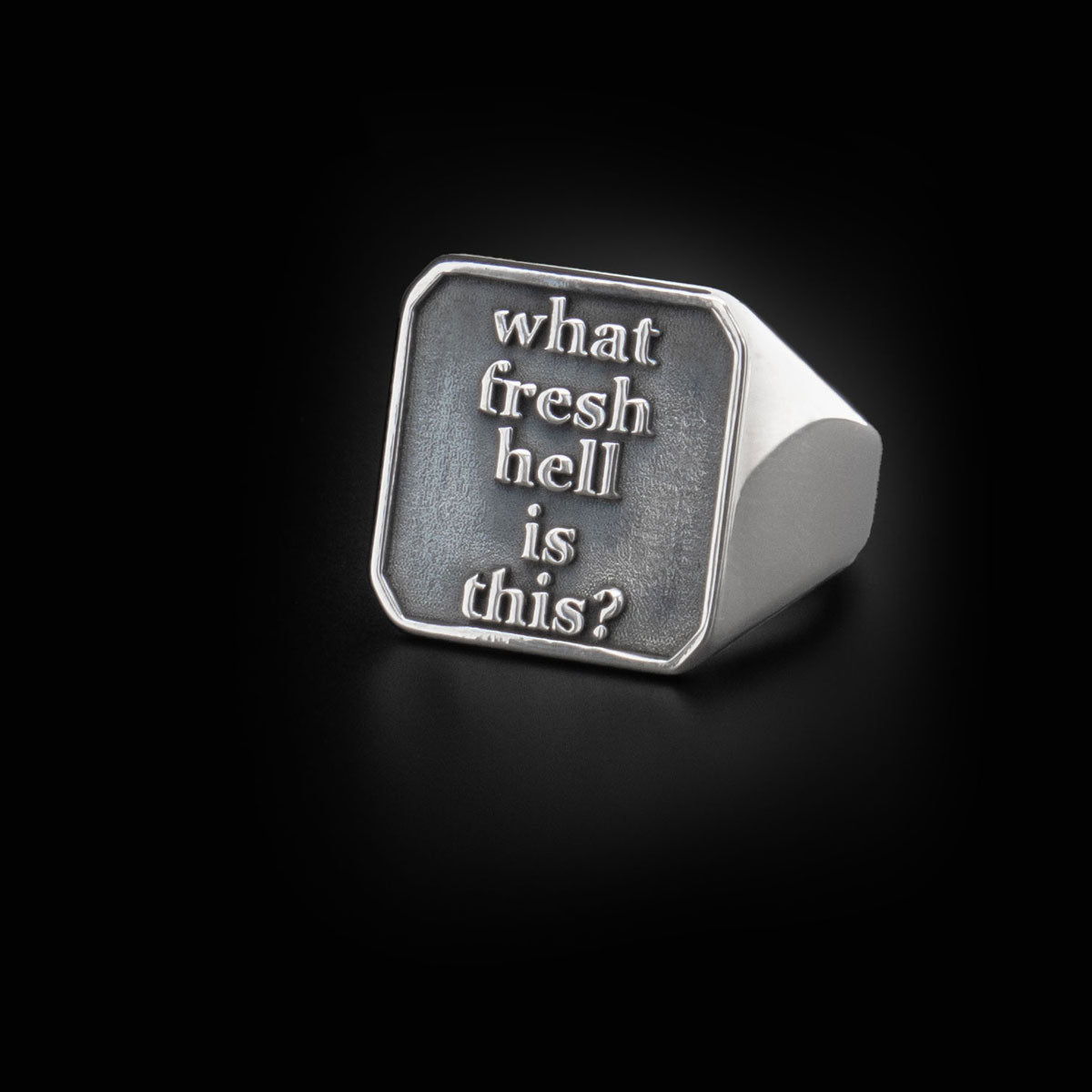
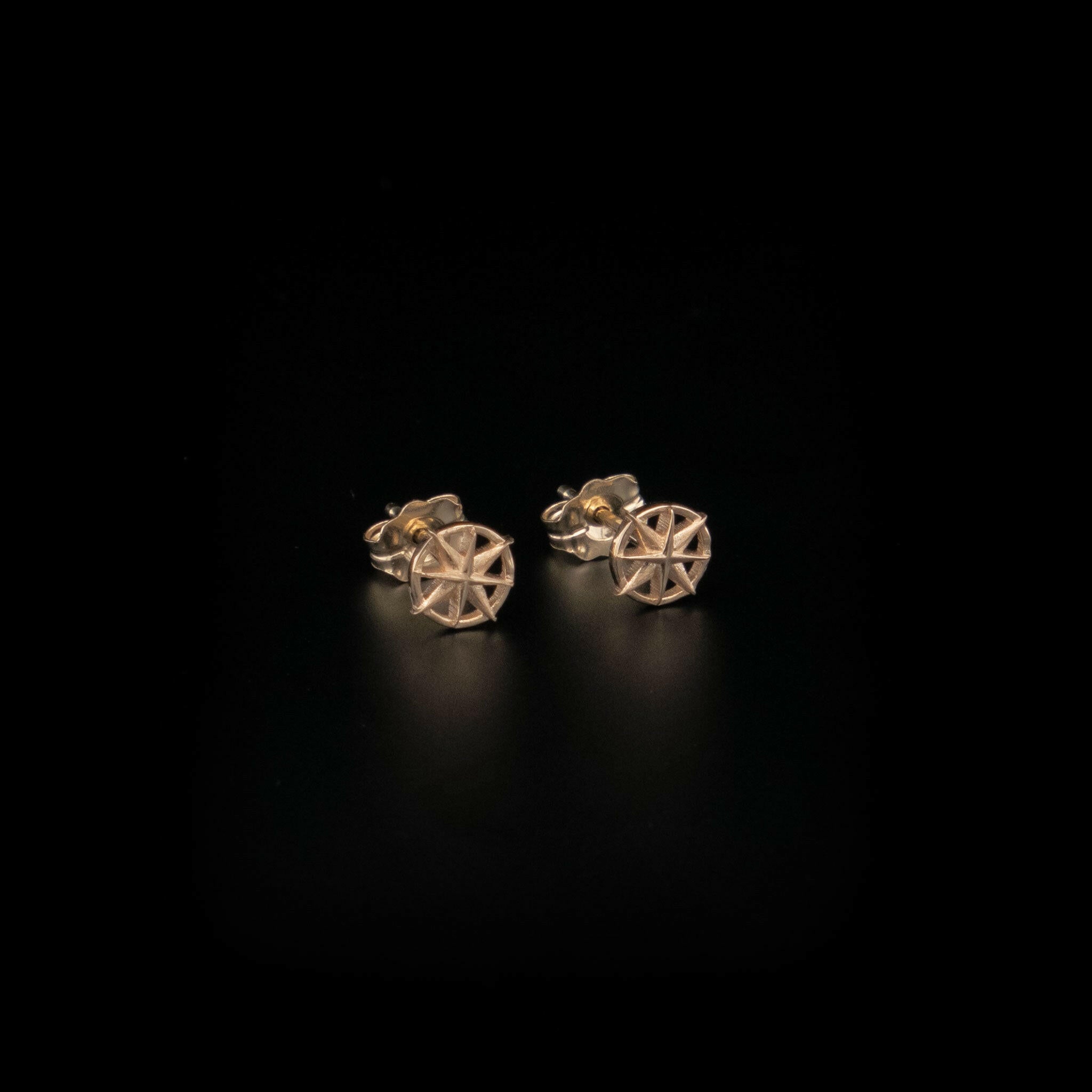
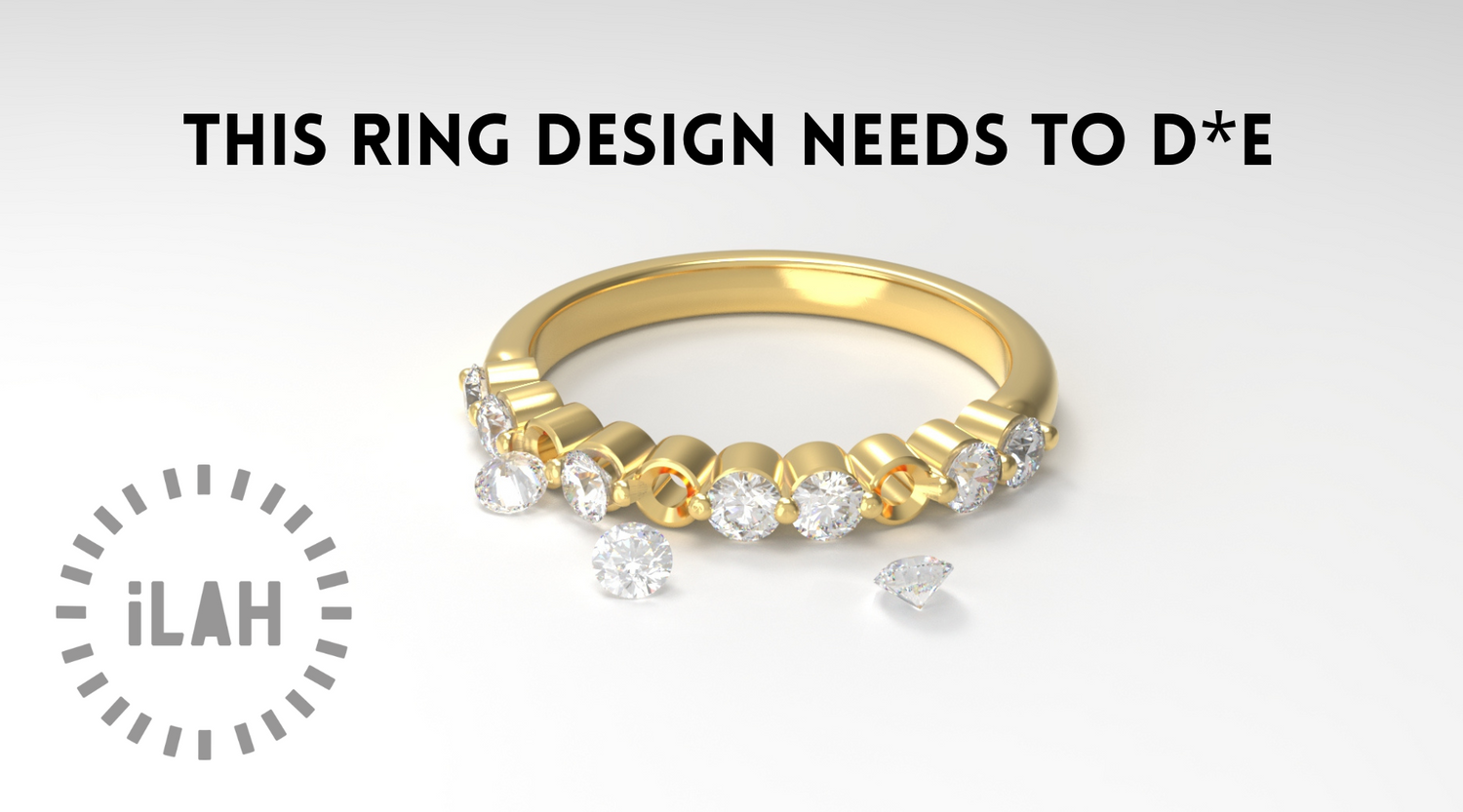

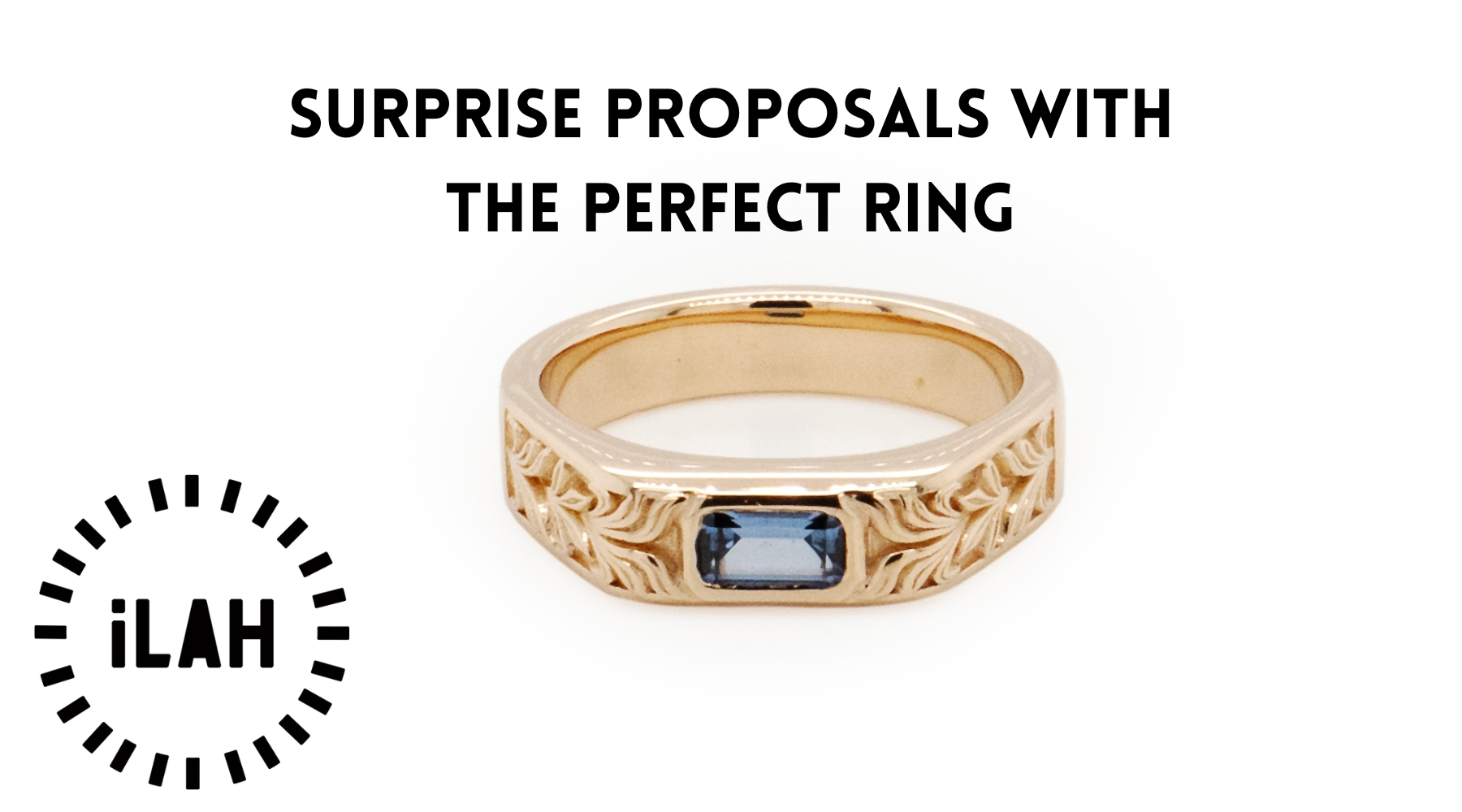
Leave a comment
This site is protected by hCaptcha and the hCaptcha Privacy Policy and Terms of Service apply.